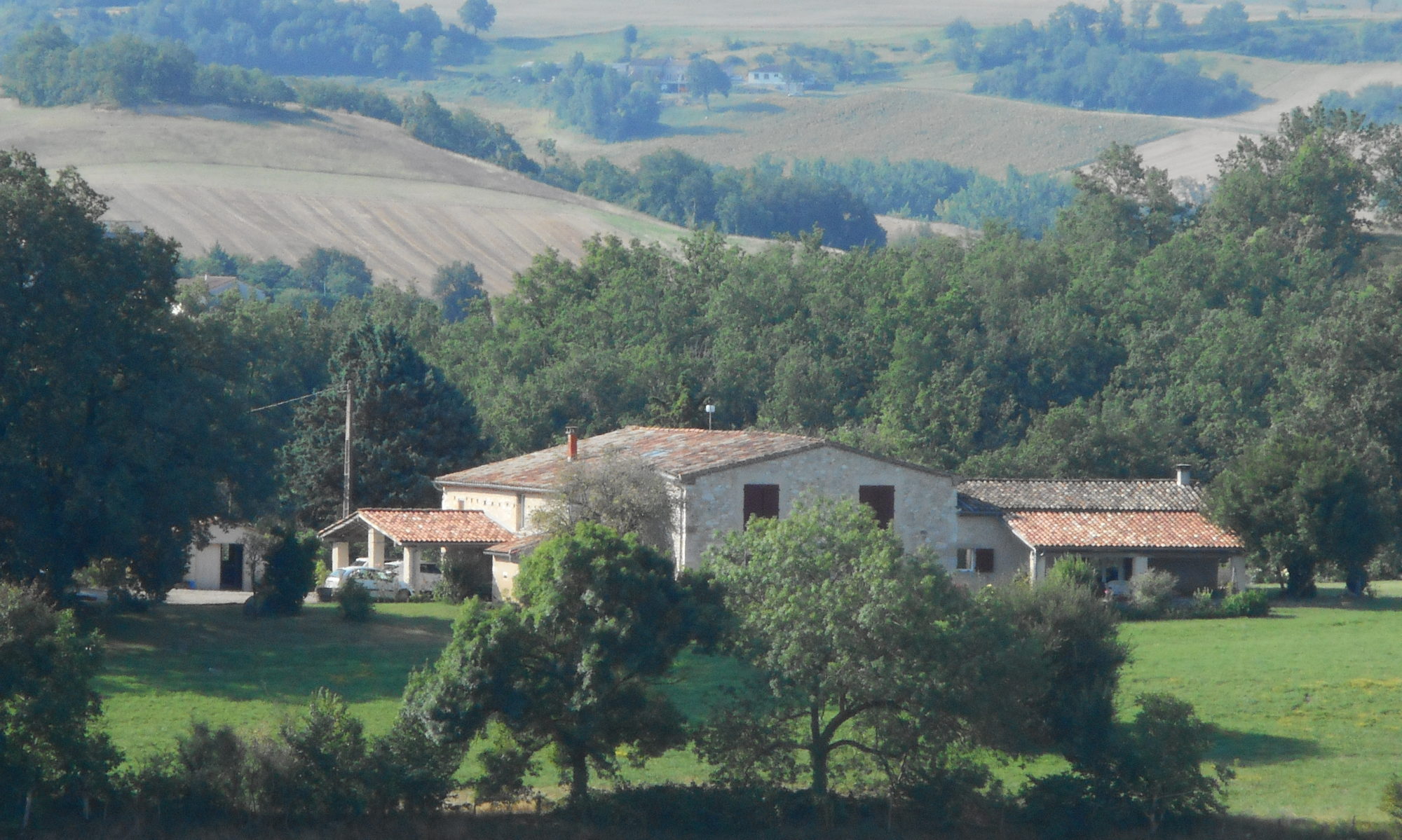Traces of human activity dating back to the 4th-2nd millennia BC show that long before the beginning of the Parthian Empire the area of Nisa was already colonized by sedentary populations. It is believed that there was a large settlement there as early as the 1st millennium BCE. Nisa underwent a major development in the mid 3rd century BC, when impressive buildings were erected by the Parthians, who decided to build a royal residence, probably the first of the Parthian dynasty. The name of the site, Mithradatkert, and an indication of the date of its foundation are known from an inscription written on one of the 2,700 administrative ceramics (ostraka) found at Nisa. Mithradatkert means ‘the fortress of Mithidrat,’ referring to King Mithradat I (174-138 BC).
The down side is that is it another place the Mongols did for, and after several thousand years it went the way of many of these ancient places although it is believed that there are lots of things yet to be dug up.
======================




The place is on an outcrop with a huge flat plain below and huge mountains in the distance over which you could fine Iran.

Next is the mausoleum of the late president (the helicopter guy) Saparmurat Atayevich Niyazov died in 2006 and lies with his family in Turkmenbashi Ruhy Mosque or Gypjak Mosque in the village of Gypjak about 7 kilometres west of the city. I think the mosque now dwarfs the village which was his birth place. The current President is less of a totalitarian and you see less of him than his predecessor.
There are of course no pictures allowed inside but again the gardeners (who outnumber the visitors) are all completely covered up to protect themselves from the sun and the heat.



